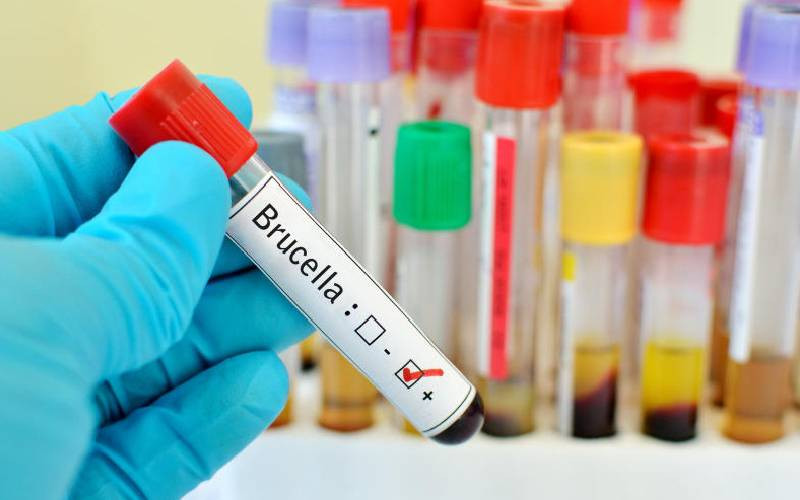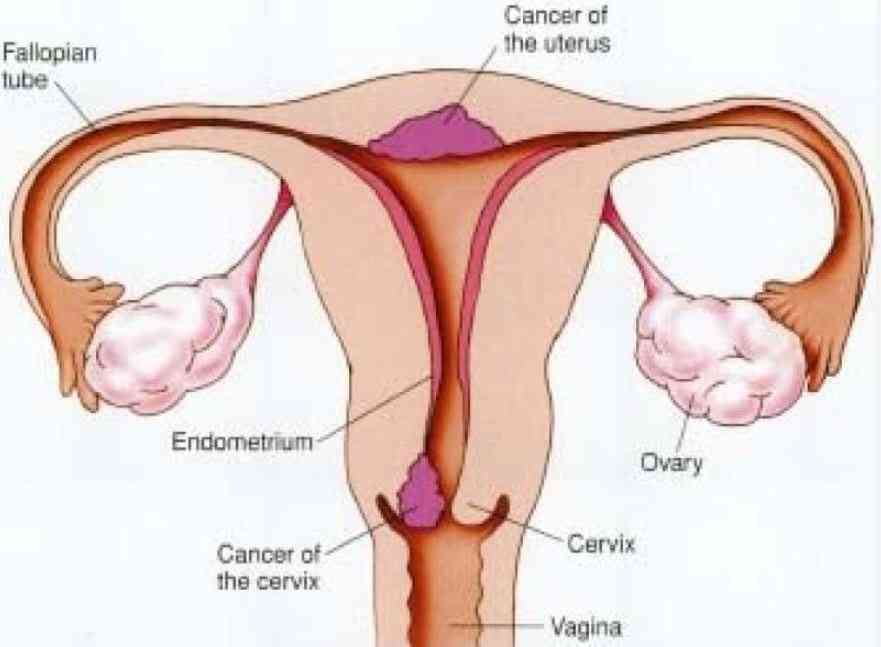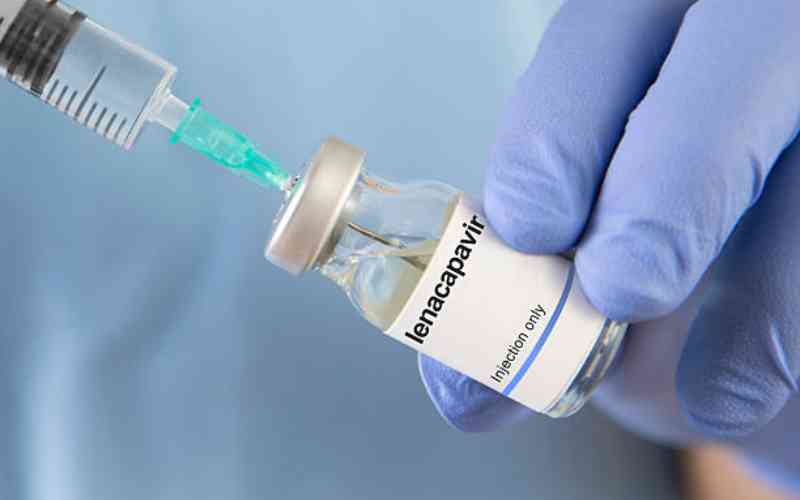
Though NHIF is a public insurer, it favours the private sector for which it may not have been established to benefit. [Courtesy]
Kenyans hardly seek healthcare in private hospitals not because its posh, but due to limited access to some drugs, treatment, medical expertise and resources, according to a report released in December 2021.
Despite high demand for healthcare, the report revealed that private hospitals largely concentrate on the most profitable areas like surgeries and high-cost curative services, but neglect less commercially viable ones like family planning, routine child immunisations, key vaccinations and adolescent health services.
Facts First
This story continues on The Standard INSiDER. Subscribe now for unfiltered journalism that holds power to account.
Already have an account? Login
 The Standard Group Plc is a multi-media organization with investments in media
platforms spanning newspaper print
operations, television, radio broadcasting, digital and online services. The
Standard Group is recognized as a
leading multi-media house in Kenya with a key influence in matters of national
and international interest.
The Standard Group Plc is a multi-media organization with investments in media
platforms spanning newspaper print
operations, television, radio broadcasting, digital and online services. The
Standard Group is recognized as a
leading multi-media house in Kenya with a key influence in matters of national
and international interest.











